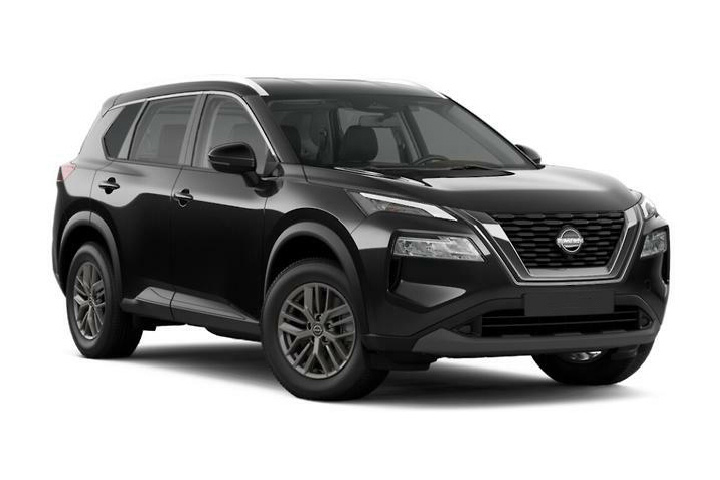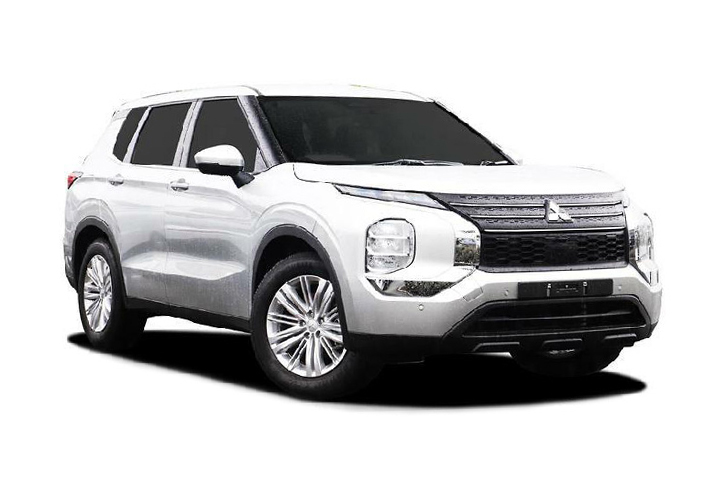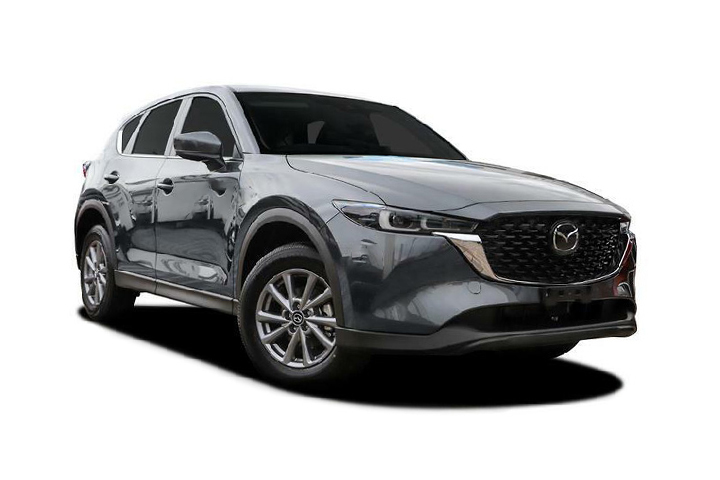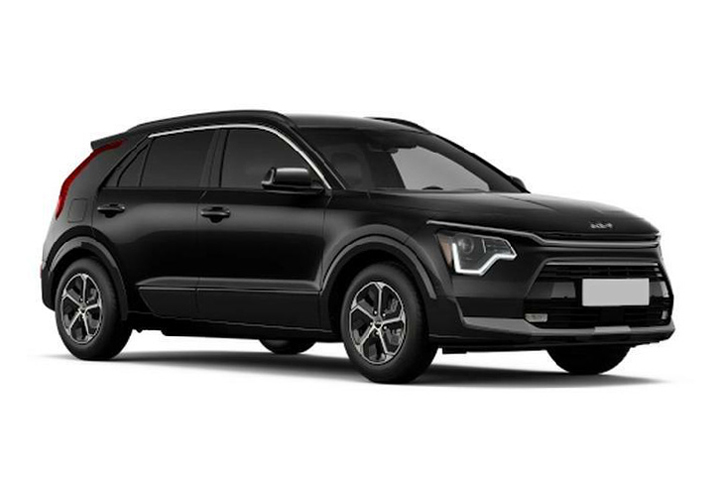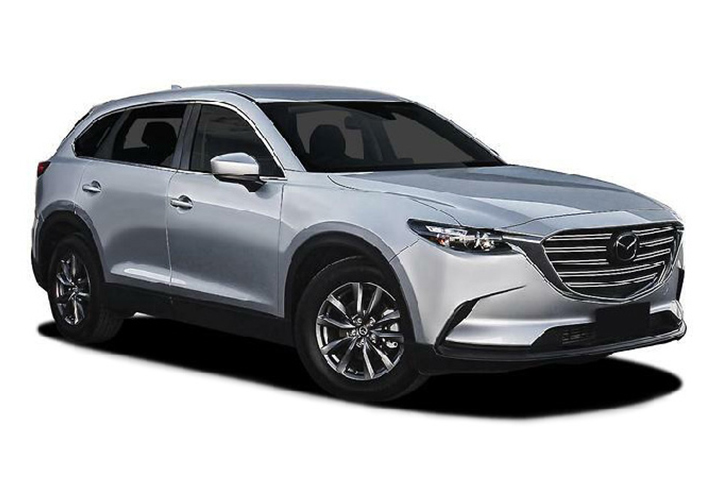The introduction of new safety technologies is undoubtedly helping us avoid crashes and saving lives every day. But with all the different acronyms for all these new technologies, it can be confusing to work out what you’re getting when you’re shopping for a new vehicle. So, let’s break it down with some common tech features in new cars, and what they mean.
Adaptive Cruise Control (ACC)
Other names: Intelligent Cruise Control (ICC), Active Cruise Control, Smart Cruise Control, Radar Cruise Control
In the past few years, Adaptive Cruise Control – or ACC – has become a must-have feature. This technology uses sensors to track the distance of traffic in front, automatically adjusting your vehicle’s speed to maintain a safe following distance. It has been more recently combined with Stop&Go technology – the ability of the vehicle to come to a complete stop and restart again in stop-start traffic – providing fantastic ease of driving and peace of mind.
Is your current car more than five years old?
If so, you’re probably missing out on Adaptive Cruise Control, although your vehicle could have its predecessor – the standard cruise control.
What current cars have it?
You’ll find Adaptive Cruise Control as a standard feature on a huge range of vehicles of all sizes and price brackets, from the MG HS SUV, the 2022 Nissan X-TRAIL (called Intelligent Cruise Control here), the Mitsubishi Outlander to the BMW X3 (called Active Cruise Control).
Traffic Sign Recognition (TSR) and Head-Up Display (HUD)
Other names: Active Driving Display (ADD)
Many new vehicles now feature Traffic Sign Recognition, a system that notices road signs even if you don’t. A camera detects and ‘reads’ signs like local speed limit information and displays it to you on another rising vehicle technology: Head-Up Display (HUD). This innovative display system allows you to see important driving information in your field of vision while driving, usually reflected on the windscreen. Combined with TSR, you can see local speed limits, your driving speed, any warnings, and even navigation directions without having to glance away from the road.
What current cars have it?
Many current Mazda models including the Mazda CX-5 feature an Active Driving Display. You’ll also find TSR in the latest Kia Niro.
Autonomous Emergency Braking (AEB)
Other names: Smart City Brake Support (SCBS), City Emergency Braking, Forward Collision-Avoidance Assist (FCA), Predictive Forward Collision Warning, Forward Collision Mitigation
This technology uses radar to detect a high risk of forward collision – for example, a vehicle stops suddenly in front of you – and instantly reduces vehicle speed. AEB is often paired with other warning systems such as Forward Collision Warning (FCW) which warns you of an imminent collision before braking for you if you don’t react.
Is your current car more than five years old?
AEB has seen a boom over the past five years in Australia. If your current vehicle is older than that, this life-saving technology is likely to be missing from your vehicle. Autonomous Emergency Braking (AEB) will be legally mandated in all new passenger vehicles from March 2023.
What current cars have it?
Already included in the majority of new Australian vehicles, AEB is standard across the Mazda CX-9 range which is known as Smart City Brake Support with Pedestrian Recognition. At Mitsubishi, this tech is called Forward Collision Mitigation and is available as standard across the range, including the Eclipse Cross.
Rear Cross Traffic Alert (RCTA)
Let’s face it, no one likes reversing out of a parking space in a busy area. Rear Cross Traffic Alert helps you avoid colliding with traffic as you reverse, by monitoring the space behind your vehicle, and warning you of approaching traffic. Some RCTA systems can also detect smaller objects such as pedestrians and bicycles, which can be great for peace of mind in busy shopping centres or near schools.
Rear Cross Traffic Alert is a more recent addition to mainstream vehicles. Vehicles older than five years are less likely to include this feature but may have a 360-degree camera – usually in conjunction with parking sensors.
Is your current car more than seven years old?
If your vehicle is older than seven years, it can be hit and miss as to whether it is fitted with a reversing camera or any parking sensors whatsoever to assist you with reversing.
What current vehicles have it?
Now a common tech feature of many manufacturers, RCTA is available on the MG HS EV as part of the MG Pilot Driver Safety Suite.
Active Park Assist
Other names: Hands-free Park Assist
A feature with wow factor: as the name suggests, Active Park Assist (APA) actively helps you park by autonomously steering the vehicle into the perfect parallel parking space. While this tech has been around for several years, it is not widespread yet and is limited to the top-spec version only of many models.
Does your car have this tech?
If your vehicle is five years older or more, and anything other than the top-grade of a premium brand, Active Park Assist almost certainly missing.
What current vehicles have it?
A growing number of vehicles have self-parking functionality, for example, the current Hyundai Tucson SUV, Skoda Octavia, Ford Ranger Ute, many Volvo models, Kia Cerato, Volkswagen T-Cross, and of course the Tesla Model 3.
The Kia Sportage GT-Line offers Remote Smart Parking Assistance – not only capable of autonomous parking but remote start and self-drive forwards or backward out of a tight car park to avoid awkward entries or exits.
